Ways to find a Form 990 for a nonprofit
- Start with the IRS
- Look to GuideStar for help
- Visit the nonprofit’s website
- Call them up
One of the best tools for getting a snapshot of a nonprofit’s financial health is the Internal Revenue Service’s (IRS) Form 990. Whether you’re a potential donor, a journalist, or just someone keen on accountability, Form 990 can help you understand a particular nonprofit’s financial position at a glance. Let’s take a look at what Form 990 entails, why it matters, and how to access one easily.
The purpose of Form 990
Form 990 is an annual reporting return that federally tax-exempt organizations (e.g., nonprofits) must submit to the IRS. Think of it as the nonprofit’s report card detailing its financial position, operations, and sometimes juicy tidbits like executive compensation.
You may wonder why someone would want to peek at these official documents. There are two main groups of people who might have an interest:
- Potential donors: Before you write that check, wouldn’t you want to know if your hard-earned money is going toward making the world a better place and not, say, into someone else’s pocket?
- Journalists: Seeking the truth? Digging for a scoop? Form 990 can help unveil a nonprofit’s financial health and priorities. It could even provide clues about potential mismanagement.
The hunt for Form 990
Unearthing a nonprofit’s Form 990 might seem like navigating a labyrinth at first, but you just need to know where to look. Here are some options.
- Start with the IRS. We recommend you start with the most direct approach, since it might save you a lot of fruitless searching. Go to the IRS’s Tax Exempt Organization Search (TEOS). There, you can search for an organization and download its latest Form 990.
- Look to GuideStar for help. An online service called GuideStar is like the encyclopedia of nonprofits. Register for a free account, search for the organization of interest, and Form 990s spanning several years will appear for your perusal.
- Visit the nonprofit’s website. Some nonprofits are delightfully transparent and host their Form 990 right on their site, usually in a section labeled “Financials,” “Reports,” or “Transparency.”
- Call them up. If all else fails, just ask. Nonprofits are legally required to provide copies of their Form 990 — the three most recent, in fact — upon request.
Before we finish, let’s discuss a tool that might be relevant to our nonprofit friends.
What Jotform offers nonprofits
Jotform offers nonprofits a comprehensive way to streamline the creation, sharing, and storage of online forms and form data. Choose from an extensive library of ready-made templates that you can customize to meet your needs in minutes. Whether you need a form to collect donations, handle event registrations, or distribute surveys, Jotform provides a user-friendly platform to manage your data.
Jotform offers a free plan as well as a 50 percent discount to nonprofit organizations on its paid plans. Here’s an idea of what it offers:
- Free plan: This basic plan gives you access to all of Jotform’s features with lower limits on the number of forms and form submissions you can have.
- Paid plans: These range in price, but with the 50 percent nonprofit discount, they’re far more affordable for registered nonprofits. Starting at $19.50 per month with the discount, these plans allow you to host more forms and receive more submissions, form views, payment submissions, and more.
If you’d like to see the full breakdown of pricing, visit the nonprofit pricing page. What are the benefits of using Jotform? You get sleek designs, easy integrations, secure data collection, and a user-friendly interface. Plus, you’ll get a robust support team ready to jump into action should you encounter a challenge. Try Jotform for free today.
Photo by Tima Miroshnichenko







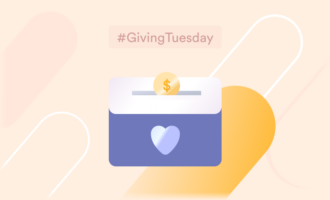












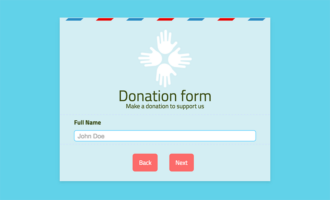









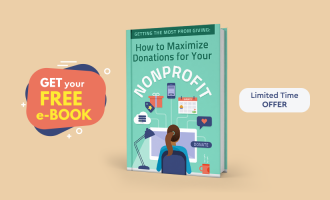
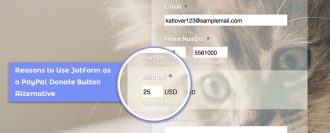



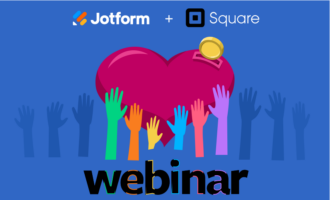




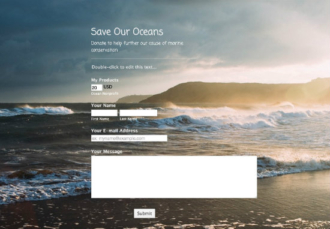

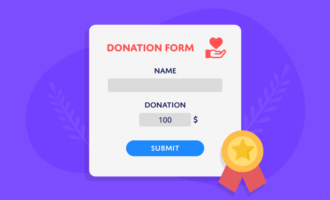




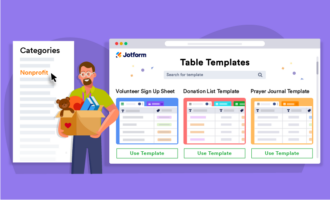

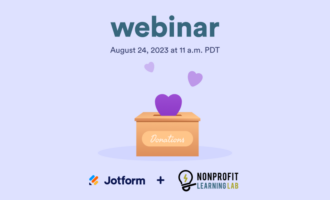



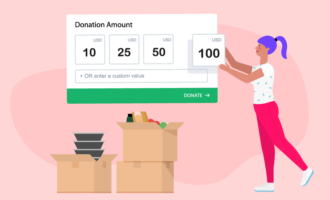







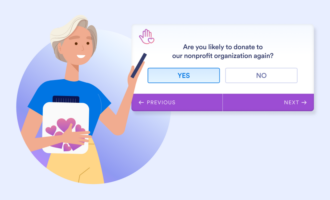




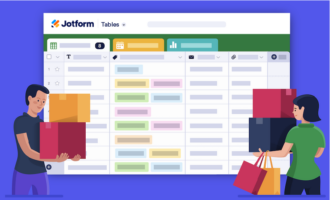


Send Comment: